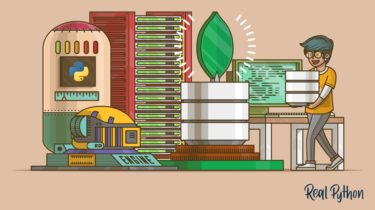Creating PyQt Layouts for GUI Applications
PyQt’s layout managers provide a user-friendly and productive way of arranging graphical components, or widgets, on a GUI. Laying out widgets properly will make your GUI applications look polished and professional. Learning to do so efficiently and effectively is a fundamental skill for you to get up and running with GUI application development using Python and PyQt. In this course, you’ll learn: What the benefits are of using PyQt’s layout managers How to programmatically lay out widgets on a GUI […]
Read more






